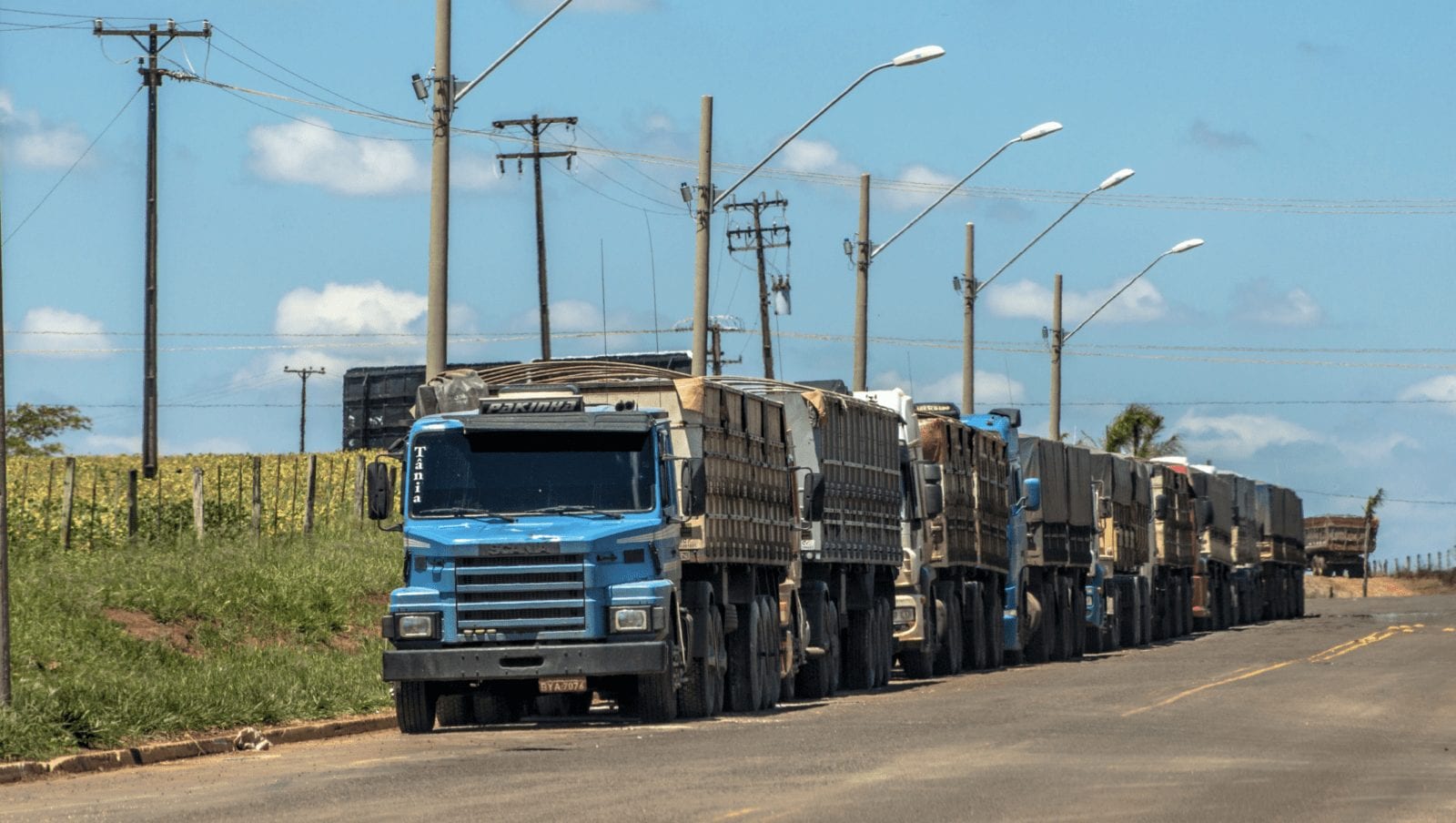The Minimum Freight Rate Table (MFRT) established to end the Brazilian truckers’ strike in 2018 allows carriers to charge from 50 to 300 percent more per trip due to the rate being based on round-trip costs versus the carrier being responsible for a backhaul. Backhaul moves for soybeans are limited due to a large net outflow at the time of harvest. Deadhead miles or no freight for the return trip often resulted in the carriers losing money. Prior to the MFRT, a carrier would charge less than the round-trip cost to bring in cash flow to pay loans. The Attorney General stated that the freight rate was in proportion to the cost associated with the freight and that it preserved human dignity and the value of work. It should be noted that economics work and the added truck cost is spurring investment in Brazilian transportation projects with the aim to lower transportation costs.
To mitigate the impact of future truck strikes, transportation providers are investing in new inland terminals, buying dedicated trucking fleets, exploring intermodal options, and generally taking a more active role in arranging freight movements within the supply chain. According to JOC.com, Maersk and its sister cabotage company, Aliança Navegação, have invested 20 million reais ($5.18 million USD) in a new 50-truck fleet to give shippers in southeast Brazil more options, says Antonio Dominguez, the Maersk managing director for east coast South America (ECSA). The carriers operated a dedicated fleet of 169 trucks serving the port of Santos and the São Paulo hinterland, with the rest being provided by third-party companies as needed. The expansion of Maersk’s inland logistics presence in Brazil is part of the carrier’s broader strategy to become a provider of end-to-end integrated supply chain services. “We are working to find logistics solutions on land, on the ocean, and also by barge in Brazil, and a new strategy was launched last September, originally with Damco, and now via Twill,” Dominguez said at the Intermodal South America conference in São Paulo.
“We learned a lot from the truckers’ strike, and among those lessons were that we must develop more rail and trucking solutions,” explained Dominguez. “We are developing services into the hinterland of São Paulo and the trucks are a part of that. We can now go much deeper into our customers’ own supply chains and help optimize them,” letting shippers “focus on their own production and leave logistics to us.”
One way to reduce grain and soybean transportation cost is to feed to local animal operations and export the cuts of meat. If it requires 1.6 pounds of feed ration to produce one pound of chicken and the dress weight is 75 percent, shipping out cuts of meat reduces the volume shipped by over half. Also, instead of a grain and soybean harvest rush, the meat truck movements are spread out over the year, which improves the economics of a dedicated truck fleet. Of course, the meat must be transported in refrigerated trucks, which is a higher cost than non-refrigerated trucks. Refrigerated truck drivers typically get paid more than standard truck drivers. After the MFRT raised trucking rates for independent truck carriers, the economics of exporting meat versus exporting grain and soybeans improved dramatically. Chicken and beef exporters are investing in new equipment to take advantage of the new economic reality in Brazil.
Brazilian 2018 truck costs (in U.S. dollars) were lower than 2017. In 2018, the Brazilian real depreciated nearly 16 percent against the U.S. dollar when compared to 2017. Also, the MFRT was not set by the National Land Transport Agency, (ANTT) until August 6, 2018. Furthermore, it was not until February 2019 that a judge ruled the ANTT could issue fines for not complying with the MFRT. Bottom-line is the true impact of the MFRT has just begun. Expect a major increase in Brazilian transportation investments to adjust to the new regulatory environment that is pushing truck rates higher.
